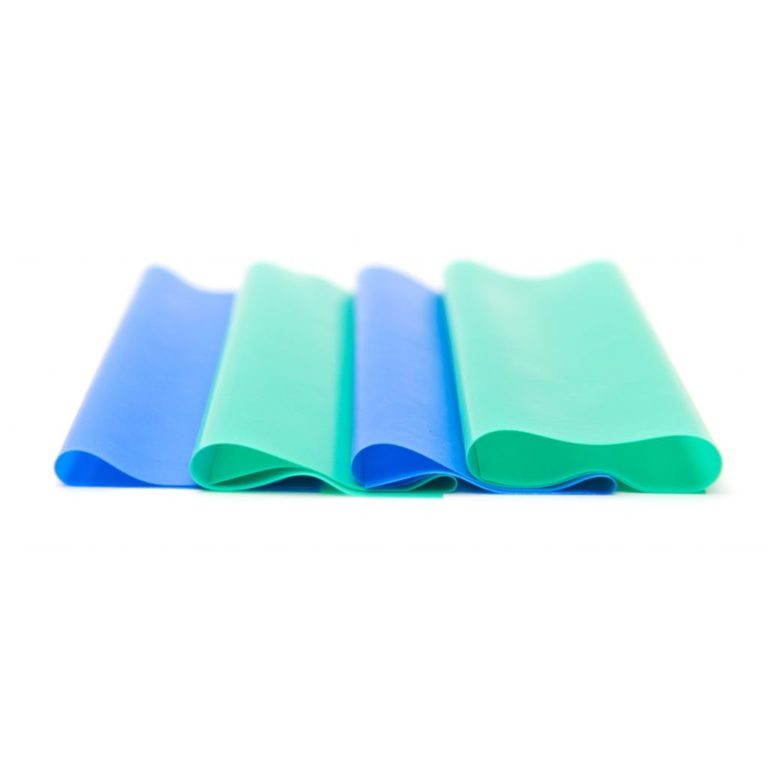

Future studies should address the validation of the accuracy assessment methods used.Ībstract: The aim of this study was to analyze the accuracy and predictability of the indirectīonding technique of fixed buccal multibracket appliances using a customized iterative closest point algorithm. The overall accuracy of the indirect bonding technique can be considered clinically acceptable.

Subgroup analyses between tooth groups, right and left sides, and upper and lower jaw showed minor differences. Silicone trays showed the highest accuracy, followed by vacuum-formed trays and 3D printed trays. The overall linear mean transfer errors (MTE) in mesiodistal, vertical and buccolingual direction were 0.08 mm (95% CI 0.05 0.10), 0.09 mm (0.06 0.11), 0.14 mm (0.10 0.17), respectively. Meta-analysis of ex vivo studies was performed for overall linear and angular bracket transfer accuracy and for subgroup analyses by type of tray, tooth groups, jaw-related, side-related, and by assessment method.Ī total of 16 studies met the eligibility criteria for this systematic review.

Risk of bias (RoB) in the studies was assessed using a tailored RoB tool. Measured mean transfer errors (MTE) for angular and linear directions were extracted. Information concerning patients, samples, and applied methodology was collected. In vivo and ex vivo studies investigating bracket transfer accuracy by comparing the planned and achieved bracket positions using the IDB technique were considered. Systematic search of the literature was conducted in PubMed MEDLINE, Web of Science, Embase, and Scopus through November 2021. To investigate the bracket transfer accuracy of the indirect bonding technique (IDB). The bracket type seems to influence positioning accuracy, since self-ligating brackets had a larger deviation range than conventional brackets. Differences were significant only on the laterals for of angulation, and on teeth 13 and 15 for mesio-distal centering. There were no major significant differences between direct and indirect bonding. Regarding angulation, the difference was significant on tooth 12 when using conventional brackets ( p -value = 0.04) and on 12 and 22 when using self-ligating brackets ( p -value = 0.09). The deviation was also greater for these brackets. Regarding mesio-distal positioning, significant differences were noted for teeth 13 and 15 with self-ligating brackets ( p -value = 0.019 and p -value = 0.043, respectively).

Height difference was significantly greater for self-ligating brackets compared to conventional brackets. Regarding height, the differences between direct and indirect methods were not significant. Differences in height, angulation and mesio-distal position of the brackets were evaluated. Afterwards, the direct bonded models were unmounted, scanned, and then superimposed to the indirect models. Later on, they performed a virtual indirect bonding of the same case virtually, with the digital impression superimposed to the patient’s CBCT (cone-beam computed tomography). Forty resin duplicates of this model were printed and then mounted on a mannequin head, on which 20 practitioners performed direct bonding using the aforementioned brackets. A secondary objective was to evaluate whether bracket type affected positioning accuracy.Ī maxillary arch of a patient was scanned by digital impression. Thus, the aim of this study was to compare the accuracy of placement between the two techniques in the maxillary arch using two different bracket types: conventional twin brackets and self-ligating brackets. To the best of our knowledge, no studies have compared direct positioning to this new digital indirect technique.
#LATEX BRACKETS SOFTWARE#
Recently, technological advances have improved the indirect method by allowing the user to position the brackets virtually using software applications such as OrthoAnalyzer™. Studies have found little to no difference between them regarding positioning accuracy. For a complete list of parentheses and sizes see the reference guide.When the indirect bonding technique was developed in 1972 by Silverman and Cohen, many authors wondered whether this technique would improve bracket positioning accuracy compared to the direct bonding technique. The commands \Biggl and \biggr establish the size of the delimiters respectively, with the l or r indicating whether it's the left or the right parenthesis. The above example produces the following output:


 0 kommentar(er)
0 kommentar(er)
